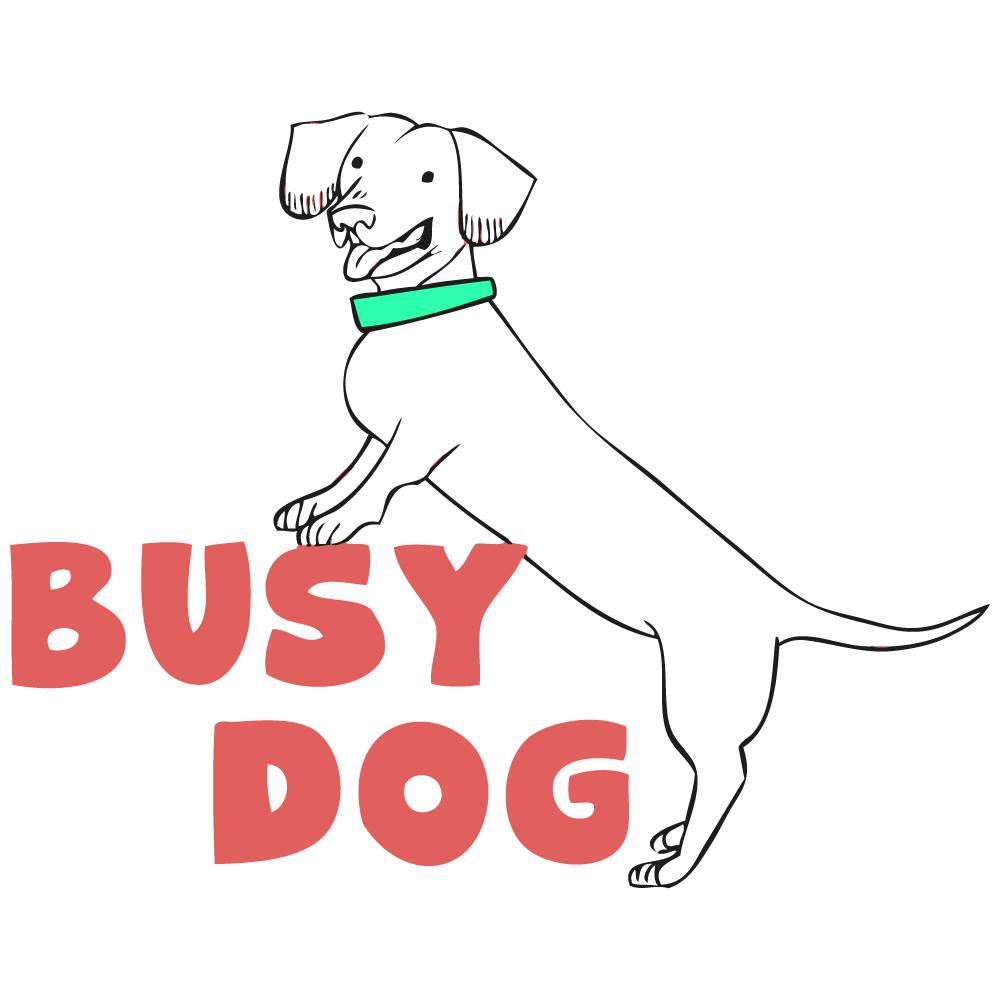
Day 1: Touch
“Touch” is one of our absolute favorite foundational tricks because it’s simple to teach, incredibly versatile, and fun for both you and your dog. At its core, “touch” involves teaching your dog to gently touch their nose to your hand (or another target). Once mastered, this skill can be adapted for all kinds of practical and entertaining uses, such as:
- Building focus: “Touch” helps get your dog’s attention in distracting environments.
- Polite greetings: Teach your dog to greet people with a nose boop instead of jumping up.
- Trick training: It’s the basis for more advanced tricks like spin, leg weaves, kiss, and even closing doors!
- Confidence building: Targeting games can help shy or anxious dogs feel more comfortable exploring new objects or situations.
- Leash walking: Redirect pulling or wandering by having your dog “touch” your hand as you walk.
Teaching Touch
Step 1: The Basics
- Hold out your hand, palm open, close to your dog’s nose.
Note: some trainers use an open palm for the visual cue for this trick. Some trainers decide that an open palm looks too much like a visual cue for “stay”, so will modify this to two fingers or a closed fist. Use whatever works best for your team!
- Most dogs will naturally sniff your hand. As soon as their nose makes contact, mark the behavior with a clicker or verbal marker like “yes!” and immediately give a treat.
Tip: If your dog isn’t interested in sniffing your hand, put a small treat in between two fingers. Once your dog gets the hang of it, you’ll want to remove that treat and try with just your hand.
Step 2: Add repetition.
- Repeat the process several times: present your hand, mark the nose touch, and reward.
- Keep your movements consistent so your dog associates your hand position with the cue.
Step 3: Add the verbal cue.
- Once your dog reliably touches your hand, say “touch” just before you present your hand.
- Mark and reward as usual when your dog touches your hand.
Step 4: Increase difficulty.
- Gradually move your hand farther away, making your dog reach or take a step to touch it.
- Change the position of your hand—lower it to the ground, raise it slightly, or move it to the side.
Next Steps
Next Step 1: Touching a Target Stick
Teaching your dog to touch a target stick opens up a world of possibilities. A target stick can guide your dog to specific locations, help with positioning in obedience, or even serve as a tool for teaching advanced tricks like spin or figure eights.
- Hold the target stick (or a long object like a wooden spoon) near your dog’s nose.
- When they sniff or nudge it, mark and reward just as you did with your hand.
- Gradually increase the distance, encouraging your dog to move toward and touch the stick.
- Introduce the verbal cue “touch” if you haven’t already.
Pro Tip: If your dog is hesitant, try smearing a tiny bit of peanut butter or a similar treat on the end of the stick to get them interested.
Next Step 2: Touching a Post-It Note
Using a Post-It Note as a target is another great way to expand the skill. This variation can be the starting point for teaching tricks like turning on a light switch or shutting a door.
- Start by holding the Post-It Note in your hand, just as you did with your palm.
- When your dog touches the note, mark and reward.
- Gradually move the Post-It Note to different surfaces, like a wall or the floor, and encourage your dog to touch it there.
- Add the verbal cue “touch” as they reliably target the note.
Pro Tip: Use tape if you want the note to stay in place during training.
Once your dog has mastered “touch,” you’ll be amazed at how often you use it in life and for teaching new tricks. Plus, it’s a great way to kick off our 30-day challenge with a foundational skill that sets the stage for more advanced learning!
Pro Tips
- Keep training sessions short and upbeat—2–3 minutes is plenty to start!
- If your dog seems confused, go back to an easier step to build confidence.
- Mark the behavior as soon as your dog’s nose makes contact to reinforce the action clearly.
How is your dog doing with touch? What other skills have you used a touch for? Let us know in the Facebook group!
